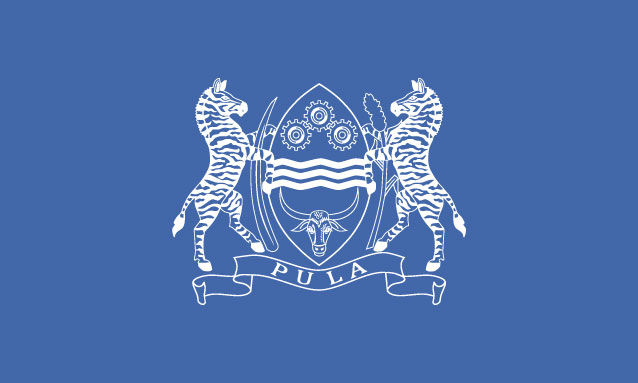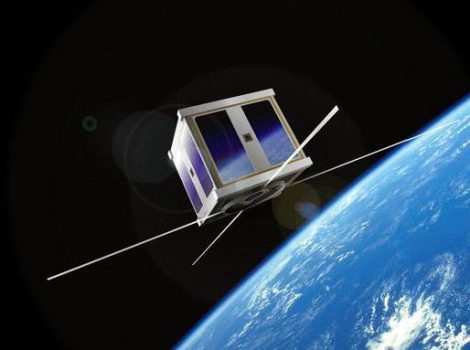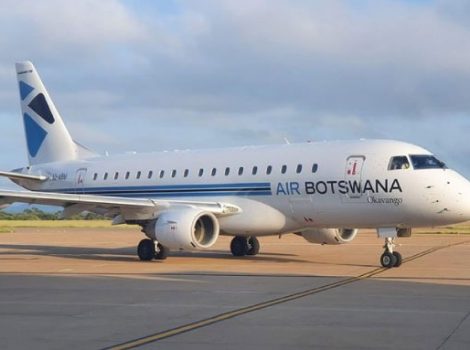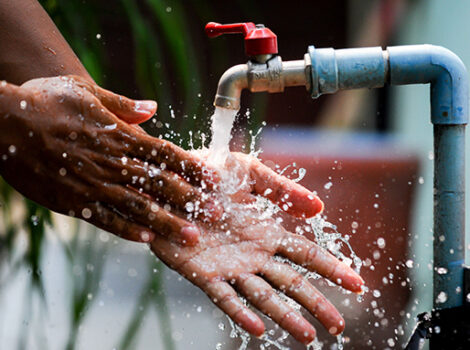
Newly released figures show that Botswana’s economy would have fared much worse had the government not pumped billions of Pulas into the ailing economy. In 1936, English economist, John Maynard Keynes shook the foundations of economics through the publication of “The General Theory of Employment, Interest and Money”, going against the theories held by classical economists who maintained that economies are self-correcting, dismissing the need for state intervention.
However, the central idea of Keynes’s economics places responsibility on the government to step in during an economic recession to stimulate aggregate demand, and by extension, boost economic output. Like other countries battling the Coronavirus pandemic that erupted in late January, the Botswana government implemented a 49-day nationwide lockdown in early April. This hampered economic activity, with businesses shuttered and consumer movement restricted. The Gross Domestic Product (GDP) figures released last Monday reveal the GDP dropped by 27.3% in the second quarter of the year, the biggest contraction on record.
However, it could have been worse had the government not intervened with some fiscal stimulus plans to keep the economic engines humming. According to the second quarter GDP data, the steep reduction in the domestic economy was observed across all sectors except government, agriculture and water and electricity. Between June and August, the government became the major contributor to GDP for the first time in many years, contributing 19.7% of the P36.8 billion nominal GDP. This saw the government moving from its usual third place to replace the usual frontrunners; trade, hotels and restaurants, which contributed 16.5% to the GDP. The finance and business sector retained its second spot as the main contributor at 16.7%.
“The Botswana Government instigated robust fiscal policy responses to influence macroeconomic conditions, including aggregate demand of goods and services, employment, inflation and economic growth,” said Dr Burton Mguni, the Statistician-General in the second quarter GDP report.
“These policies are intended to increase aggregate demand, although contributing to deficits or drawing down of budget surpluses,” he said.
Last Monday, President Mokgweetsi Masisi told parliament that his administration has spent over P1.8 billion to pad the economy in the last six months. The bulk of the funds or P831 million was spent on the wage subsidy given to distressed companies, about P350 million on food packages to households, P396 million on health supplies and the remainder on the recruitment of safety health officers, psychological services as well as the evacuation and financial assistance to Batswana outside the country.
The government in September received authorisation from lawmakers to increase the budget by an additional P3.7 billion, of which P1.3 billion will be disbursed through the soon to be established Industry Support Facility (ISF) under the Finance and Economic Development ministry, which had requested a supplementary budget.
The ISF will be used to support the trade, tourism and agriculture sectors, which remain under pressure. However, the government might have to dig deeper to prop up the economy, as most sectors have experienced severe contractions.
In the latest GDP figures, the government sector advanced by 2.1% while agriculture grew by 3%. The Mining sector contracted by 60.2%, while Trade, Hotels and Restaurants declined by 40.3%. The Manufacturing industry fell by 31.3%, Construction by 36%, Transport and Communications by 16.9% and the Finance and Business Services industry by 11.9%.
The COVID-19 pandemic has been another reminder to the country’s vulnerabilities to external shocks. While Botswana has recorded below 2000 confirmed Coronavirus cases, the containment measures implemented by the country and others affected the diamond supply value chain and disrupted tourism, effectively strangling the country’s main foreign exchange earners. Efforts aimed at jumpstarting the sluggish economy include the Economic Recovery and Transformation Plan (ERTP), which requires P20 billion to implement. The government has indicated it will raise at least P40 billion in the next three years, with half of that going to the ERTP and the remainder used to smooth the country’s widening budget deficits.
Botswana’s national budget for the 2020/21 financial year, which began in April, pegs government expenditure at P59.6 billion against projected revenues of P48.8 billion. With the latest changes to the budget through supplementary requests, the budget deficit from the current financial year is projected at P15 billion, a huge jump from the P7.9 billion deficit registered in the 2019/20 financial year, which was a slight drop from 2018/2019’s massive P8.8 billion budget shortage. The government has been running budget deficits since 2017/2018, with that year’s deficit recorded at P1.9 billion. In the last three years, the government’s cumulative budget deficits have been hovering near P20 billion, nearly 10% of the country’s 2019 GDP of P200 billion. Besides the projected P15 billion budget outrun in the current financial year, another shortfall of more than P4.4 billion is expected in 2021/22 but will likely also be revised in the coming months.
To raise the billions of pula needed for the economic recovery plan, the government economic advisors have warned against drawing money from the government’s portion of the already dwindling foreign reserves. Instead, they suggest and that the government takes more on debt, increase domestic borrowing, while also disposing of some government properties, including the privatisation of some institutions.
The government also plans to raise revenue generation through increased taxes and other levy charges.
Botswana’s bond issuance program was last month raised from P15 billion to P30 billion, enabling the country to borrow more money locally. Botswana’s total public debt limit is capped at 40% of GDP; 20% of which is domestic borrowing and 20% external loans. The country’s total debt amounts to P39 billion, where P30 .6 billion is government debt split between P15 billion in domestic loans and P15.5 billion in external loans. The remainder is the P8.6 billion government guaranteed-loans, mostly taken for the state’s ailing enterprises.
Source: http://www.sundaystandard.info/the-economy-resting-on-govt-shoulders/



